Construction
Its nearly impossible to make a mistake when assembling – water inlet and outlet are interchangeable and the CO2 is fixed. You can’t go wrong!
This reactor is airtight and you can place it inside you sump, or outside it with an external feed pump. I suggest that you install your reactor in a tank, and not directly on the ground, to avoid water leaks or overflows from John Guest junctions.
Here is the technical information about the pump; in the brackets are our test values:
| sicce Syncra 1.5 | |
| Output | 0.36 gal/h (0.3) |
| Head | 5.91 ft (5.58) |
| Power Consumption | 23 w (18.4) |
| Length | 4.06 in |
| Width | 1.81 in |
| Height | 3.07 in |
| Annual electrical bill | $60 ($48) |
The perfect media for this reactor, with its bottom diffusion, is a medium or large coral gravel, or large-grained ARM. I advise against using fine-grained materials such as calcium carbonate, as it could jam up the diffuser and damage it. Using very compact materials would also prevent the bottom diffuser from maintaining a stable pH level in the whole column.
After assembling the pump and placing the reactor in your sump, you simply connect pipes, the bubble counter, the non-return valve, and the CO2 gas cylinder.
The first valve, pictured below and provided by UltraReef, was not ideal, and the company changed it immediately. The new one has never become blocked.
Below is the new valve, which now comes standard; it is exactly like the LGMAcquari valve, and functions perfectly.
I have had no problems with ordinary usage in the six months that I’ve had it. It runs like clockwork, and starts right up again following blackouts.
Media refill system
Like all calcium reactors, media loading takes place from the top. You must first cut the CO2 supply, the water feeding and the pump. Then, unscrew the 8 steel AISI316 threaded screws and pull out the top cover with its pipes.
Many people don’t like screws, but I prefer this solution in all but the Elos system, reviewed here: review of the Elos REA 120 Plus .
You can disassemble this reactor and clean it easily, which I recommend doing at least once a year.
Manual calibration
Reactor calibration – changing the number of CO2 bubbles from the pressure reducer and balancing them with the valve, is very easy.
I suggest starting with one bubble of CO2 every two seconds (input), and a drop of water every second (output). The CO2 will regulate the internal pH while the water flow will regulate the balance. CO2 input and the internal pH show us how much media we can dissolve, and the output water flow indicates how much dissolved media we’re dosing tank with. To have a perfect calibration you must test Ca, KH and Mg before you start and calibrate the reactor, and then test the three values again after 24 hours, both in your tank and at the output of the reactor.
If your reactor is perfectly calibrated, the KH value will be over 30. If the KH is below 30, you must increase CO2 bubbles without adjusting drops and test again after 24 hours. If your KH is more than 30, test Ca value before and after installing the reactor. If your value decreases, you must increase water exit, if it’s the same value it’s perfect and if it increases, reduce drops at the reactor output.
Remember, when you change the output flow you will reduce the pH in the reactor, so you must then change the CO2 bubbles, depending on what the output flow is. As time passes, your corals will grow and they will need more calcium, so you will need to re-calibrate your reactor. I advise keeping your reactor three quarters full and topping it off frequently.
Calibration with pH probe and solenoid
Using a pH probe (directly inside the reactor) and a solenoid valve will make your work much easier. After measuring the internal pH value, you can regulate the solenoid to control the CO2 supply. Personally, I have set my old Elos Biotopus to dispense CO2 when my pH value is more than 6.25. With my coral media and this setup I can reach 600 ppm of calcium and 42 KH. My CO2 usage is not excessive, and I can feed my reactor for 30-45 days with 2.2 lbs of CO2.
Using a pH probe can protect your system from a CO2 overdose in the case of a media reduction or a change in your feed pump flow. You must calibrate your probe frequently, about every 40-45 days.
If you have problems with algae in your tank caused by a low pH value, I recommend using a solenoid and a timer or a programmable computer. You can run your reactor normally during the day and then turn off the feed pump during the night, as that is when pH drops usually happen. Water will still circulate in the reactor but CO2, controlled by the solenoid, will not be supplied.
Noise
Calcium reactors, are usually not noisy. Often, the only noise you can hear is the chipping of CO2 bubbles made by the pump. This reactor has an unusual method of operation, where the CO2 is pushed directly into the water recycle from the top. Because of this, the CO2 chipping is completely silent. The only noise is generated by the pump, and it is very quiet, possibly the quietest reactor I have ever had. It beats its rival, the Elos Rea 120 plus, which has a large pump that is subject to vibrations.
Conclusions
After 6 months of active use, I can report that this is product is wonderfully designed and well-made, it functions perfectly and I absolutely recommend it.
In my opinion, the UCS 120 is perfect for SPS/LPS tanks up to 130 gallons, which is just what the company suggests. If you do use it in larger tanks (up to 300 gallons) you should top it off frequently.
The price, $422, is appropriate for this kind of performance. It has high-class building materials and flawless operation.

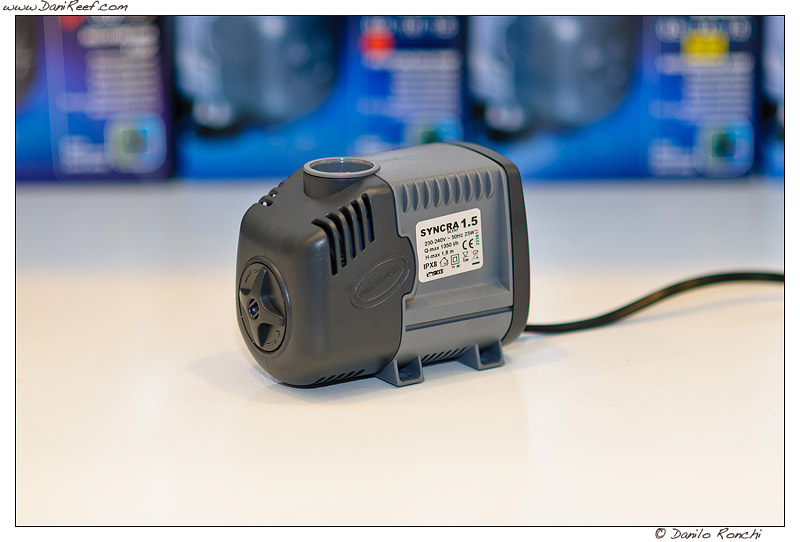
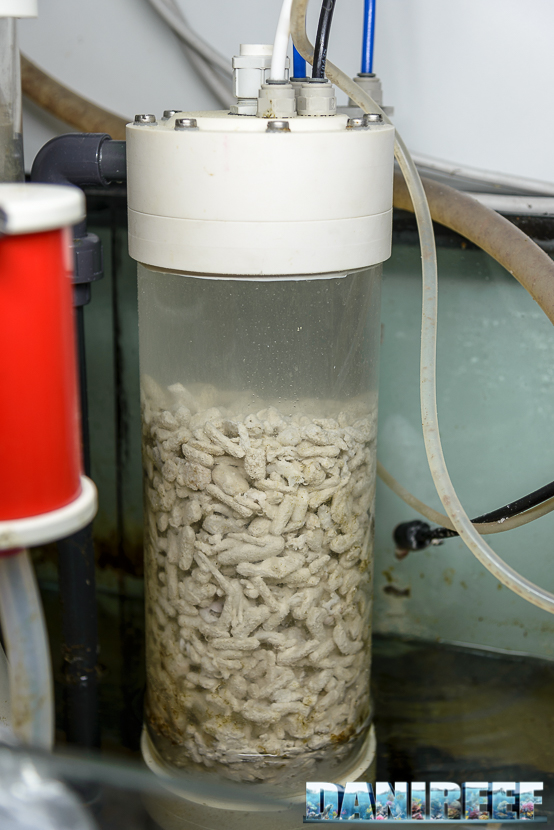
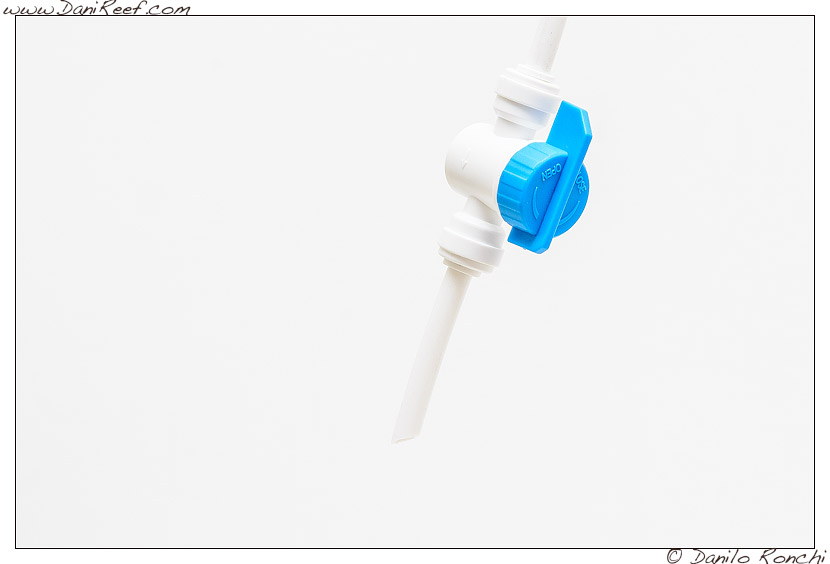
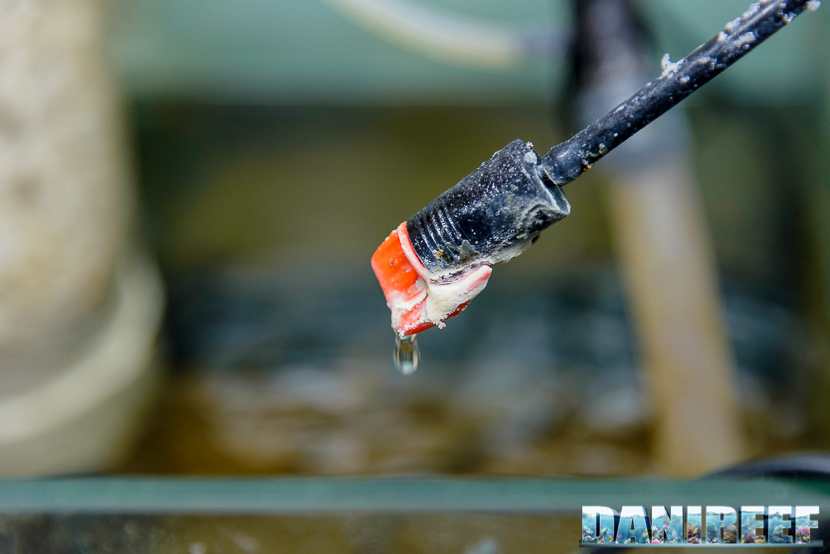

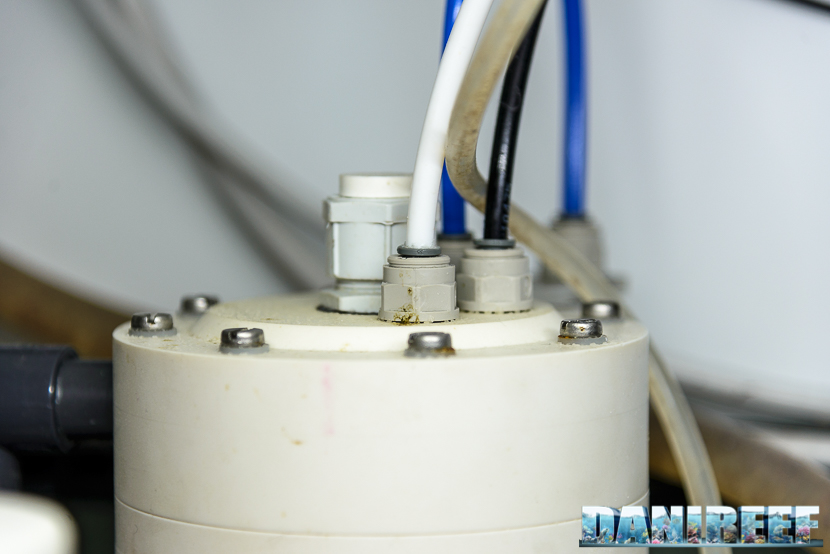
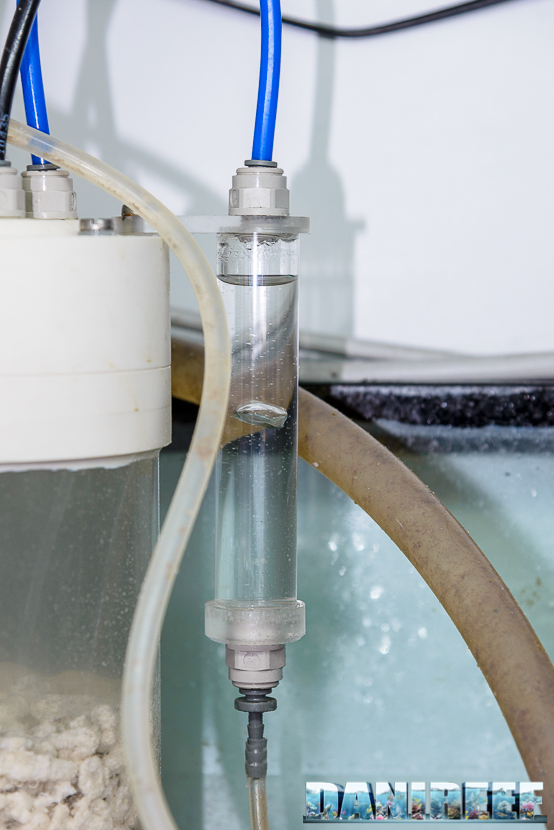
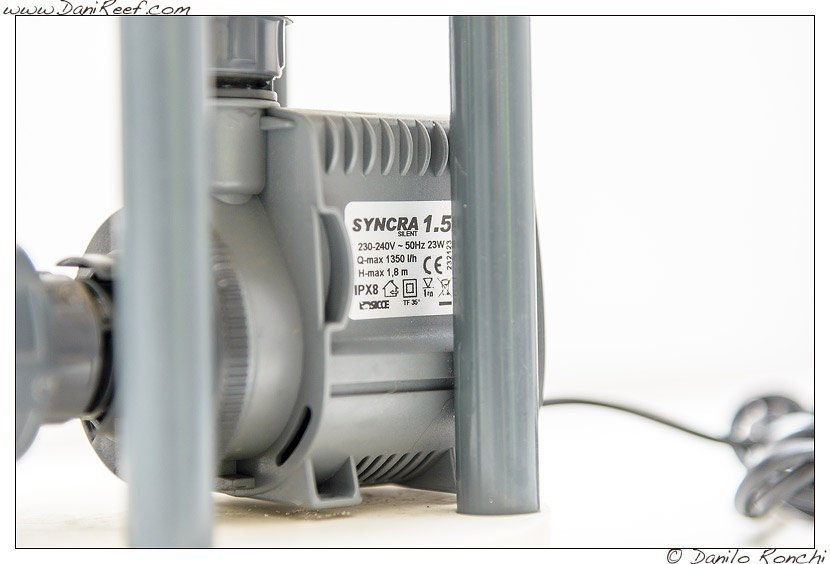
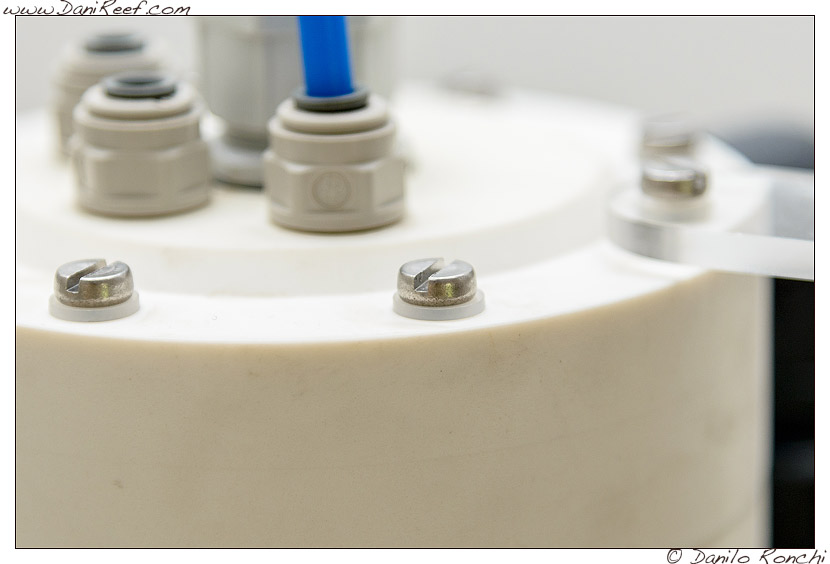
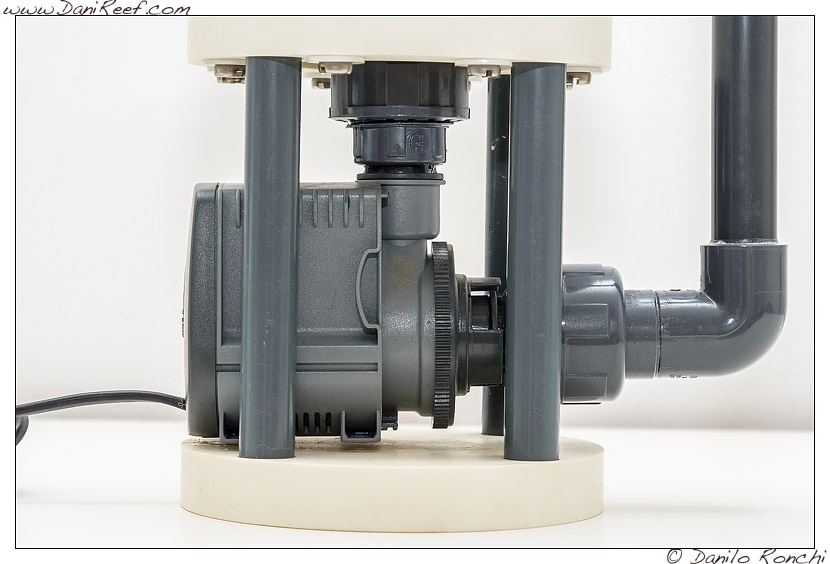








0 Comments